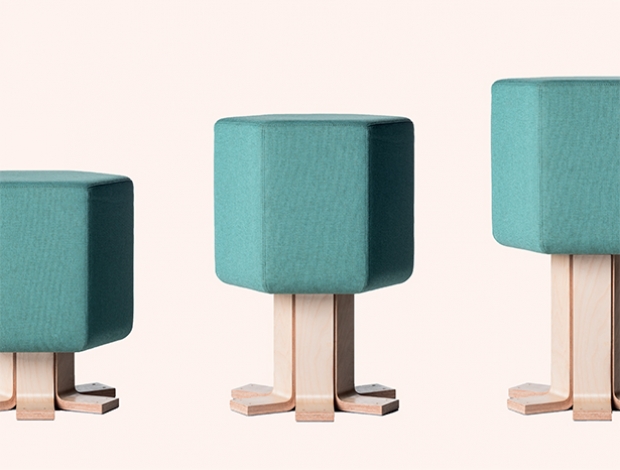The seat of Klöber’s Klimastuhl heats up or cools down as required
While robots may not be taking the jobs of architects or designers just yet, there is plenty to explore in terms of automation and technology in the office environment – from the use of virtual reality in the design and marketing process to digitally customisable furniture in the building itself.
The British Council for Offices commissioned a report, ‘Virtual Reality and 3D Printing: Reducing waste in office construction through new technology’, written by Dan Dale and Salomé Galjaard and edited by Simon Swietochowski from Arup Associates, reviewing the ability of these technologies to streamline the design and construction process. Waste is a big concern for those involved in the construction of office buildings, especially as the government has set a target of cutting delivery times and carbon emissions by half by 2025. This is ambitious, given that in 2012 the UK generated 200 million tonnes of total waste – half of it from construction, refurbishment and demolition. Office schemes must shoulder some of the burden of blame.
Which is where virtual reality (VR) comes in. By enabling visualisation of the final product before it is constructed – as was the case with Neo in Manchester, featured in June’s OnOffice – it can provide more information for architects and engineers at the design stage, allowing them to make better informed decisions, quicker. Stakeholders in the design process can be informed and engaged in a quick and accessible way, reducing design timescales and allowing changes to be identified before things get up and running.
Other advantages include its usefulness as a marketing tool to demonstrate the potential of a space, especially now that systems can more realistically portray how materials look and how the light in a building will feel. In this way it can also be used as a training tool for tomorrow’s architects and builders. Though the BCO’s report does also point out the limitations to a VR experience – that it is a rather isolating one and one that, unless properly managed, could be less collaborative.
Architect NBBJ – now something of a go-to workplace practice for technology firms such as Google, Samsung and Amazon – even has its own tool, Visual Vocal, again demonstrating the productivity and efficiency that can be achieved in the design process as well as aiming towards a more collaborative approach to design where stakeholders immerse themselves in the design.


